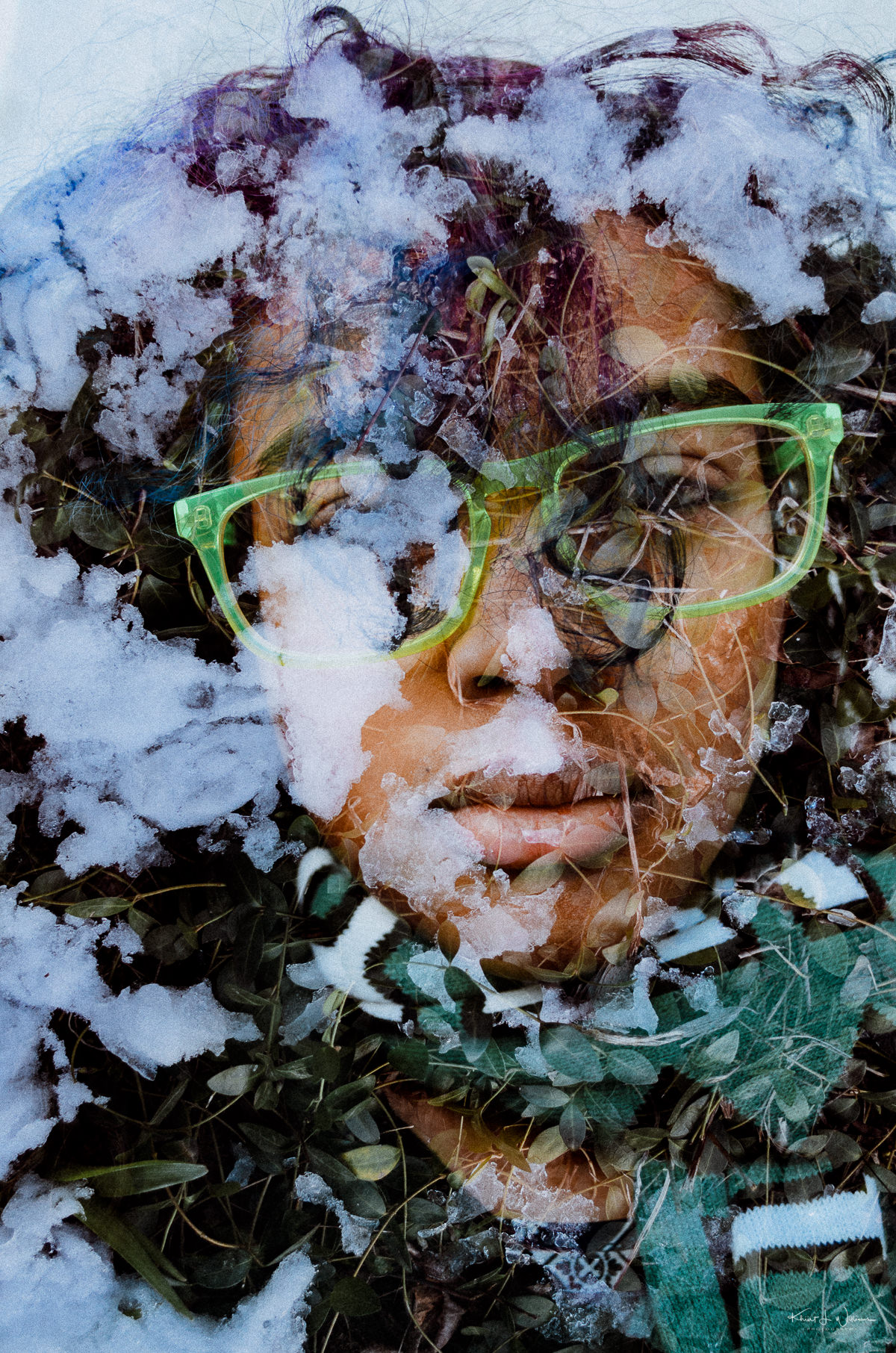#WE35 is a global visual survey and creative research project conducted by explorers from around the world. The goal of #WE35 is to push your creative boundaries, share in each other’s artistic development, and forge friendships that will last a lifetime. All of this, using nothing more than a single 35mm lens. We will achieve this goal through monthly assignments designed to expand your creativity like never before, foster an encouraging community where we can discuss one another’s work and provide opportunities for critiques and constructive feedback.The Photo Frontier
Double exposure is a technique that originated with film photography where you would expose the same frame of film twice (or more). The film can only be exposed to light so much before it will stop recording information. So the part of the film that was darker after first exposure will be most receptive to the light from the second click.Sara Byrne
For the double exposure expedition, I had two challenges to overcome. The first was that I was not familiar with this feature of my Nikon D5100. How does it work? How do I enable it? What are the limitations? I needed to understand how to enable and use this feature and work with the limitations of my camera.
I found the D5100 double exposure mode in the shooting menu but decided to read the camera manual before I enable it. I learned that once enabled, I had only thirty minutes between shooting the first frame and shooting the next. After thirty minutes the D5100 would automatically disable double exposure mode.
The second challenge I had to overcome was with the composition. I had never captured double exposure images before. What sorts of interesting things could I shoot? What could I accomplish with the limitations of my camera? I struggled to think of composition. So I had to try and figure out what sort of double exposures compositions would be interesting but also done quickly. I needed to do some research. After some research1, I decided on doing portraits.
I learned with experimentation that I needed to shoot the portrait against a bright background (e.g. the sky) for the first frame. Then I could shoot the next frame as a mask. Darker images worked better for the mask.
For this image, I persuaded my daughter to let me use her as a model. I used a white piece of cardboard for the background and the ground cover in the front yard for the mask.
It took some practice to avoid overexposure, which can flare the outline of the silhouetted subject. I think I did well, given my inexperience. I think one improvement would be to compose against a pure white background, filling the frame with the subjects head.
[exif id="25437"]

